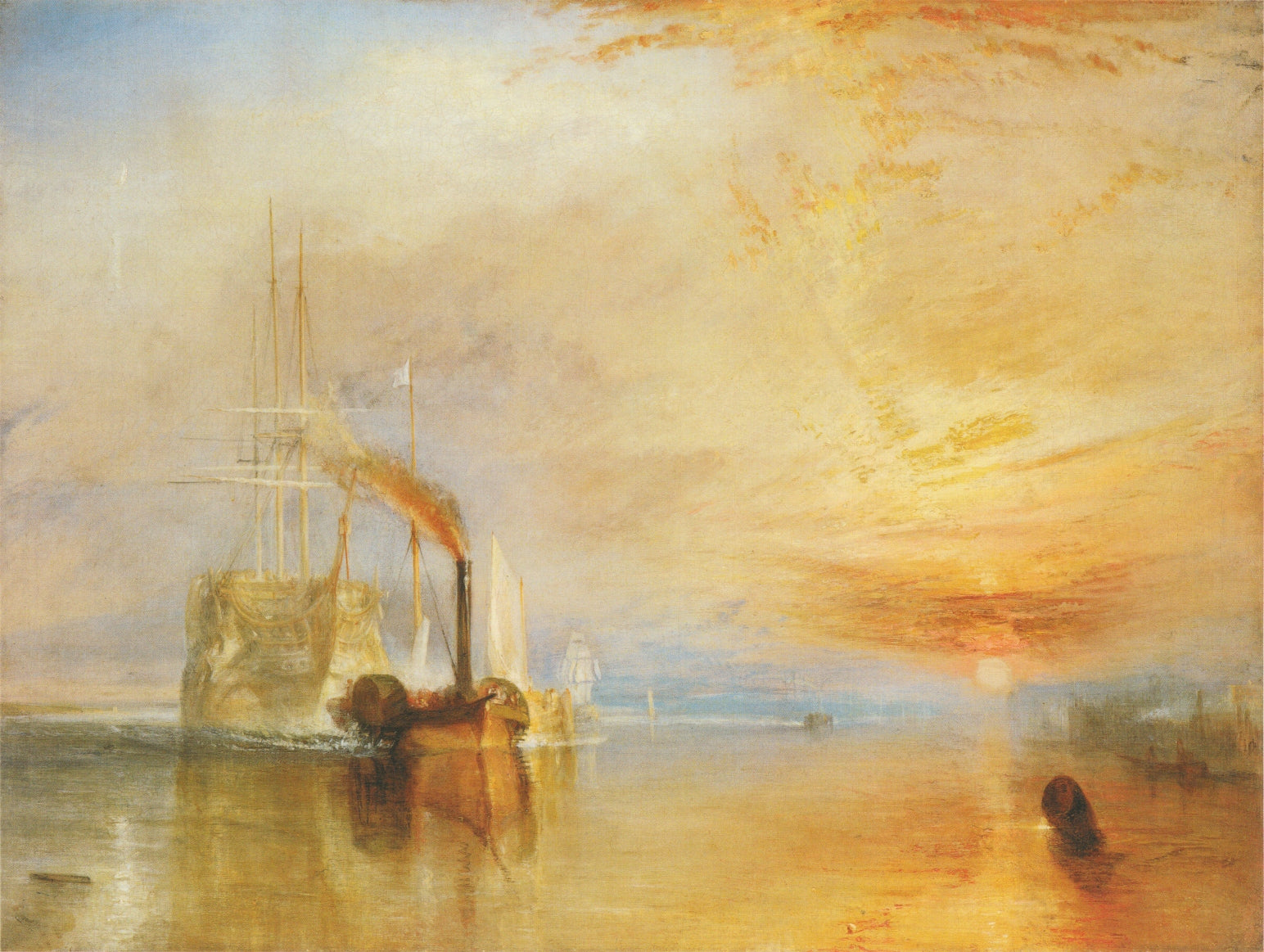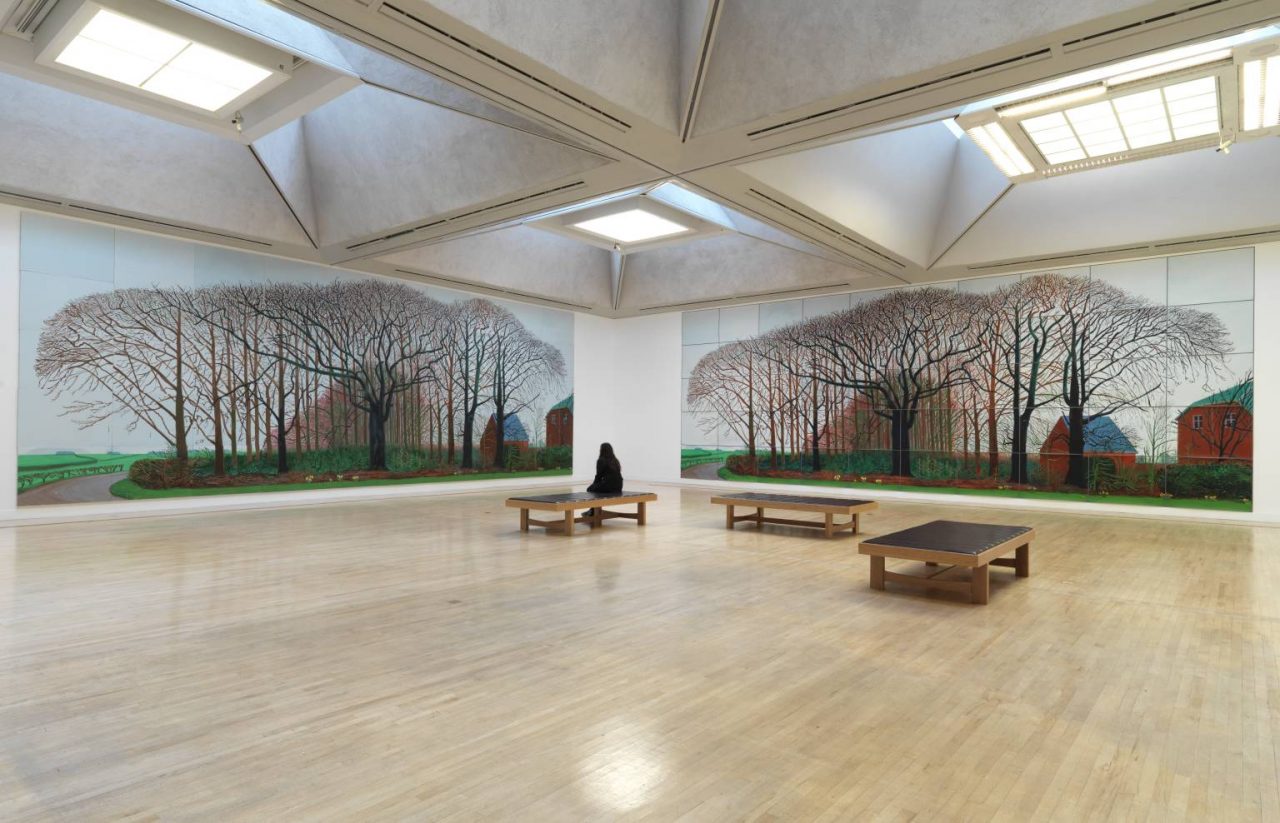
The 11th of December is celebrated annually as International Mountain Day. The purpose of this day is to raise awareness of the conservation of mountains, taking into account their role in ecosystems. To celebrate this day, we highlight five artists famous for their landscape-themed paintings.
1. The Starry Night Vincent's Van Gogh, 1889Van Gogh repeatedly painted the landscape, terrestrial and celestial. The natural world remained central to his painting even after he was hospitalized for his mental illness. In the summer of 1889, in Saint Rémy, Van Gogh devoted an entire screen to his vision of the night: The Starry Night. In this work, the predawn sky pulses with movement: the moon and stars glow, radiating bands of yellow, pink, green, and blue light as the space around them moves.

“One instant, one aspect of nature contains it all” stated Claude Monet of these last masterpieces, which he produced at his home in Giverny between 1897 and his death in 1926. These landscape works replaced the contemporary subjects once painted during the 1870s through the 1890s with a only timeless motif: the water lilies. In his first series of water lilies (1897 to 1899), Monet painted the environment of the lake, with its plants, bridge and trees perfectly divided by a fixed horizon. Over time, the artist became less and less concerned with conventional pictorial space. By the time he painted “Nenúfares”, which comes from his third group of these works, he had completely dispensed with the horizon line. In this spatially ambiguous canvas, the artist focused only on the surface of the lake, with its cluster of floating vegetation and the reflection of the sky and trees.

3. The Fighting Temeraire by JMW Turner
This painting by Turner does not show the reality of the event but rather an ideal vision of the painter. The Fighting Temeraire portrays an ideal image of the ship, at the height of her service, with all the masts, rather than the reality. This creates a dramatic juxtaposition between the warship and the small black tug that controls its movements. In addition to its national importance, The Fighting Temeraire it is also a personal reflection by the artist on his own career. When Turner painted this work he was 64 years old and had just resigned as a professor and begun to live largely in secrecy and seclusion. The painter began exhibiting at the Royal Academy of Arts at the age of 15 and became a member at 24, later becoming a professor of painting at this institution. Thus, a certain nostalgia is felt, in The Fighting Temeraire as it presents a sad view of what technology has replaced. Turner was known for his beautiful landscape paintings.

Caspar David Friedrich was a romantic painter known for his melancholy landscapes. In this painting, a figure is represented in contemplation and self-reflection, hypnotized by the sea mist as if it were a religious and spiritual experience, in which he questions himself about the unforeseen future.

5. Bigger Trees Near Warter by David Hockney
Nature-inspired paintings are a key part of Hockney's output. Bigger Trees Near Warter is one of David Hockney's greatest works, with the proportion of four and a half by twelve meters, this painting is composed of fifty panels that come together to form a whole. The painter presents us with a landscape where the growth of leaves on the trees can be seen, thus giving the idea that spring is coming.

